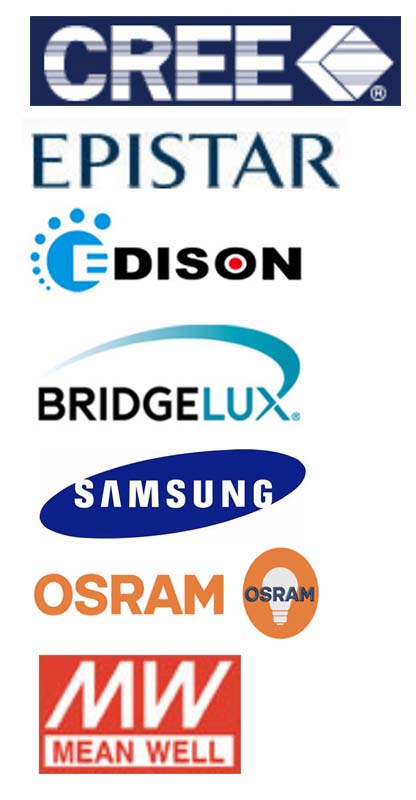LED research projects clearly demonstrate that solid-state lighting (SSL) has come a long way in just a few short years.
Working with a diverse group of LED manufacturers often provides an early peek at exciting new product features or the opportunity to test prototypes before they enter the commercial marketplace.
However, the excitement of SSL can often be tempered by utility clients, who are naturally averse to risk. The business model of a utility is built on ensuring reliability while generating predictable earnings for shareholders with little, if any, room for mistakes.
However, a few failures — going back to the drawing board — is typical in LED product refinement and is a natural part of getting things right. The real question is: "Can rapid innovation co-exist within a utility environment?" At times, the answer seems like combining oil and water – they just don't mix.
The good news is that more utility-funded LED field demonstrations and other market-based field evaluations are enabling us to characterize the industry and design new programs around energy efficiency. Also, smart lighting is well-positioned to align with the smart grid concept. Such initiatives create more motivation for utilities
LED performance in classrooms
School-based LED demonstrations show a recent and compelling story, with some (but not all) LEDs being ready to compete against linear fluorescents when comparing foot candles at desk level.
The good news is that a 20-year total lifecycle cost analysis for these applications shows that LEDs can be the least-cost lighting solution in 2013. This is especially true in regions with higher kilowatt hours and if another layer of energy savings is realized from lighting controls. The problem is that schools typically look at payback first, making 8–10 years seem too long for an investment in LEDs when compared with low-cost, high-performing fluorescents and ballasts.
However, some utilities are providing incentives to encourage the use of LEDs and advanced lighting controls in after-the-meter applications, especially for equipment that can reduce peak load. Common rebates include refrigerator-case lighting, recessed cans, parking-garage lighting, and canopy fixtures. To mitigate risks from disappointed consumers, a utility's first line of defense for an incentive is to require DesignLight certification.
However, LED kits for linear-fluorescent replacement create new challenges driven by a concern for safety, especially when they are retrofitted into existing fixtures. Some utilities are putting the onus on the LED manufacturers to require proof of compatibility prior to LED lamps being installed. Alternatively, they may require product labels instructing there is no turning back when fluorescent ballasts are disconnected and fixtures are retrofitted to LED.
Use of controls
Using controls has been shown to increase energy savings by between 20 and 50%, depending on application. However, evaluations performed by PNNL (Pacific Northwest National Laboratories) have shown that not all LED systems are compatible with all control protocols. Real-world evaluations need to be conducted to verify compatibility of specific LED systems with specific controls.
SSL streetlights
Municipal and utility stakeholders have different or competing motivations for SSL and adaptive controls for streetlights. That was evident after interviewing more than 12 investor-owned utilities and municipal stakeholders throughout North America to publish a report for CEATI International entitled "Best practices guide to SSL and adaptive control technologies for street lighting utility rates."
For example, utility-owned and maintained streetlights typically run during off-peak. This means there is less motivation for LEDs to contribute to efficiency goals compared with other LED applications that can help reduce peak demand. Results also suggest that municipalities are driven to SSL by energy and maintenance cost savings, while utilities are far more concerned about validating reliability and other important electrical and power quality characteristics first and are perceived as dragging their feet.
The research also disclosed that utilities perceive dimmed streetlights as a risky proposition. The majority were not yet prepared to consider adaptive lighting technologies on streets out of concern for liability.




